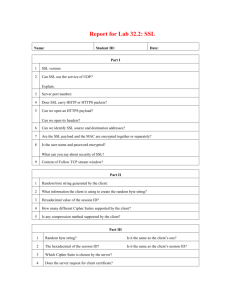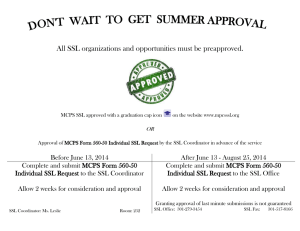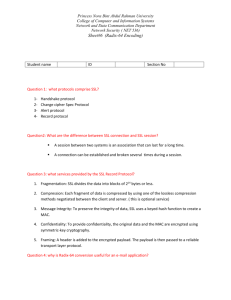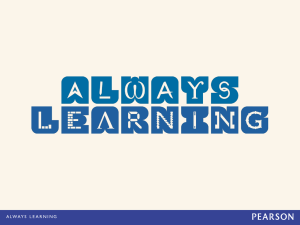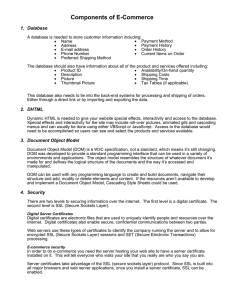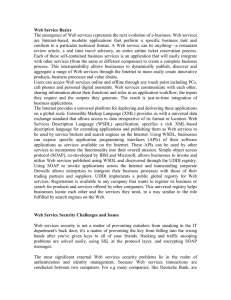OnlineBankingSecurit..
advertisement
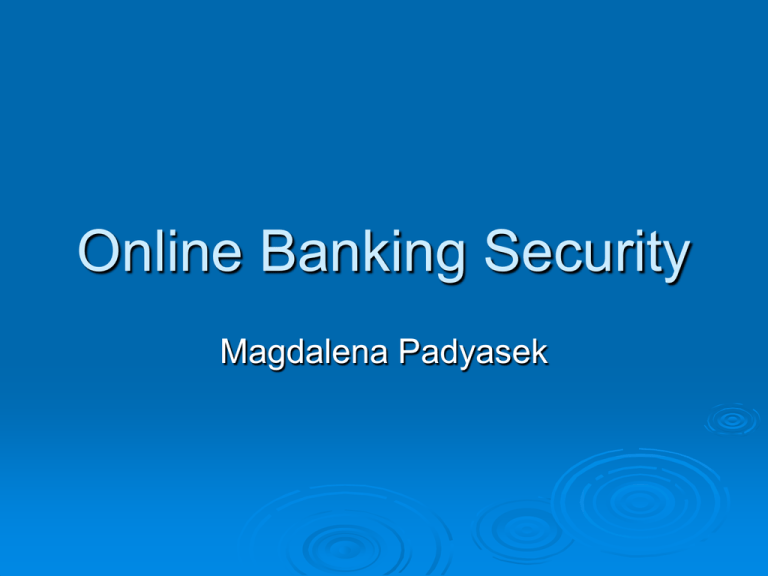
Online Banking Security Magdalena Padyasek Why Security? Computer-based businesses Advances in technology Internet crimes September 11th attacks Cyber-terrorism Internet banking Internet Banking Paper-free transactions Account balances, transfers, bill payment, statements Fast and convenient One-way Security Secure Socket Layer (SSL) Safeguarding Online Purchases Feel secure Encrypts data between the client and the server by making a direct connection Client sends an encrypted key to the server Server decrypts and returns to the client SSL lock Click the icon, or double-click (varies by browser), and examine the security information displayed about the web site. Two-Way Security Public Key Infrastructure (PKI) Insures privacy for both online company and online bank customer Enables users to securely exchange data and money through public network Public Key Infrastructure Encrypts and decrypts Tamper detection Authentification Nonrepudation Online banking signatures – ensures identity Firewall – shield between the internal systems and the Internet Virtual Private Network – allows authorized outside users to access company data Digital News… Microsoft file 117 phishing lawsuits Anti-Phishing Act of 2005 Conclusion Security precautions Understand security risk Internet crimes are growing at an alarming rate “Consumers actually need to be responsible…they won’t leave their doors open when they leave the house.” - Lydia Parnes (director of the FTC’s Bureau of Consumer Protection) Works Cited http://info.ssl.com/ssl_kb/article.aspx?id=1 0068 http://www.w3.org/Security/Faq/wwwsecurity-faq.html http://www.bankrate.com/brm/news http://www.thestandard.com/internet news


